Across Indonesia, ghosts stories are part of daily life. From quiet fishing villages to misty volcanoes, people still share tales that mix faith, fear, and memory. Here, Halloween doesn’t come once a year – it lives in the stories told all year long.
Every island has its legends. In Java, villagers whisper about the Sea Queen who rules the southern waves. In Bali, locals speak of the Leak and spirits that drift through temple smoke. Ghost stories in Indonesia aren’t just tales to scare; they’re living traditions that reveal how people connect with nature, death, and the unseen. These beliefs shape ceremonies, art, and even daily life across the islands.
If you’re planning a trip, take time to see beyond the beaches and sunsets. Visit a temple after dark, listen to local myths from your guide, or explore historic sites said to be haunted. Ocean Earth Travels helps travelers experience these deeper layers of Indonesia – respectfully, curiously, and always with an open heart.
Nyai Roro Kidul – The Queen of the Southern Sea
In Javanese belief, Nyai Roro Kidul is the Queen of the Southern Sea. Locals believe she rules the waves along Java’s southern coast. Some say she was once a royal princess who vanished into the ocean after a curse. Others believe she became the sea’s guardian, forever linked to the royal bloodline of Yogyakarta and Surakarta.

Along the beaches near Yogyakarta, especially Parangtritis, locals still honor her with flowers, batik cloth, and incense. When locals smell perfume or hear a sudden crash of waves, they believe she’s near. Visitors are warned never to wear green, as it is her sacred color. People say she might mistake you for one of her followers and pull you into the sea.
For many Javanese people, Nyai Roro Kidul isn’t a ghost meant to frighten. She represents balance – between humans and nature, respect and fear, life and the unseen. Her story reminds travelers that Indonesia’s beauty isn’t just what you see, but also what you must respect.
Palasik – The Flying Head of Sumatra
In the quiet villages of West Sumatra, parents still warn their children not to stay out after dark. The Palasik might be near. People describe the Palasik as a witch whose head detaches from its body and flies through the night with glowing eyes and trailing organs.
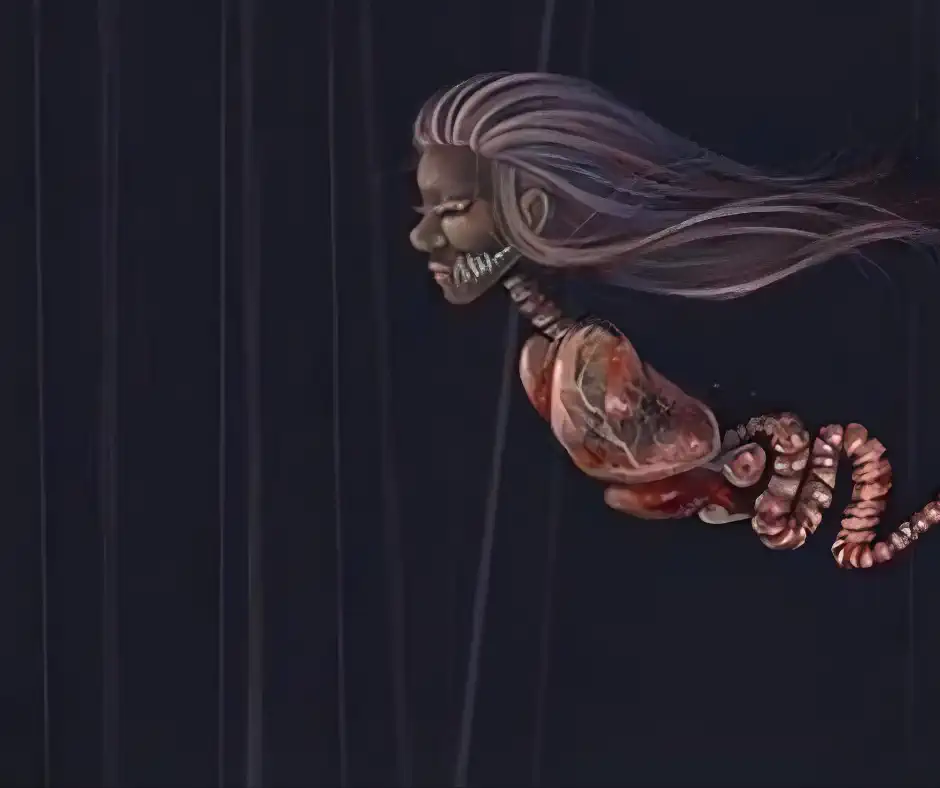
Legends say Palasik preys on newborns and pregnant women, especially in the Minangkabau region. Older villagers whisper prayers at night to keep them away. Some even place salt or knives near doors to protect their homes. Whether real or imagined, the story shows how deeply faith and fear still shape life in rural Sumatra.
Kuntilanak – The Bride of the Forests in Borneo
The Kuntilanak, also called Pontianak, haunts the riverbanks and forests of West Borneo. Locals believe she was a woman who died during childbirth, her spirit trapped between life and death. She is said to wear white, with long black hair and a soft, eerie laugh.
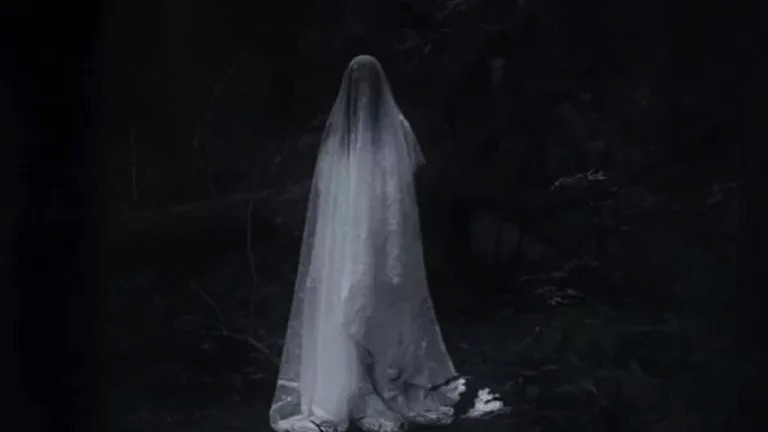
The city of Pontianak itself is named after her. Local stories say its founders fired cannons into the jungle to chase her away before building the town. If you walk along the Kapuas River or visit the Pontianak Equator Monument, you might hear people talk about her as if she still lingers in the trees at dusk.
The Ghost Egg of Raja Ampat – The Child Who Never Was
In the islands of Raja Ampat, an ancient story tells of a woman who found seven mysterious eggs. Six hatched into kings and a queen, but one never broke. That unhatched egg became a sacred stone, said to hold the spirit of an unborn child. Locals believe it still guards the seas as a silent protector.
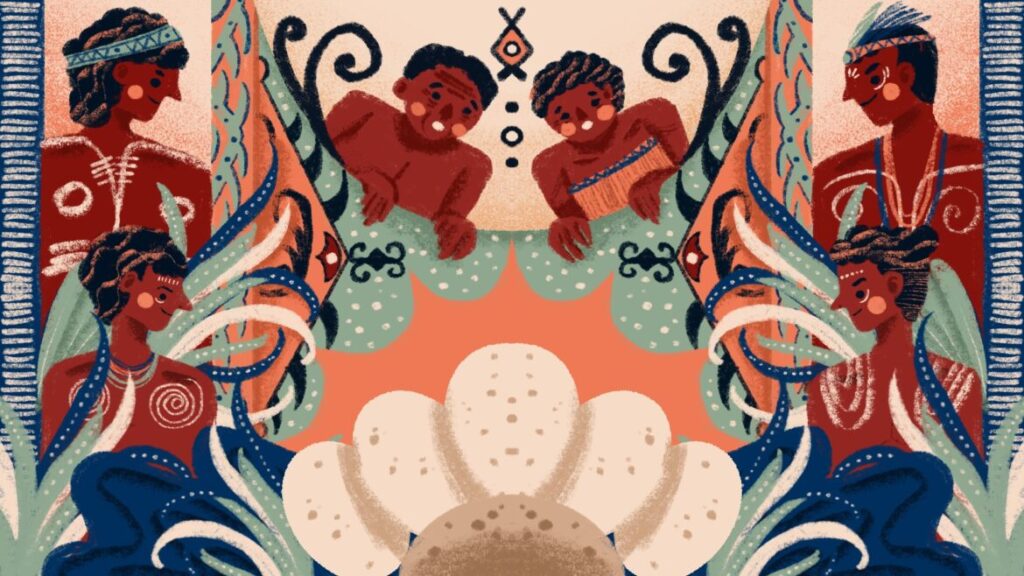
This legend gives Raja Ampat its name – “Four Kings.” Some islands even have sacred stones that locals refuse to disturb, believing they hold the soul of that forgotten child. Beneath the turquoise water and coral reefs, these myths remind travelers that beauty here isn’t only natural – it’s spiritual.
Pocong – The Bound Spirit of Java
The Pocong is one of Indonesia’s most recognizable ghosts. It’s said to be the soul of someone whose burial shroud was never untied after death. Until someone loosens the knot, the ghost remains trapped, hopping or floating between worlds.
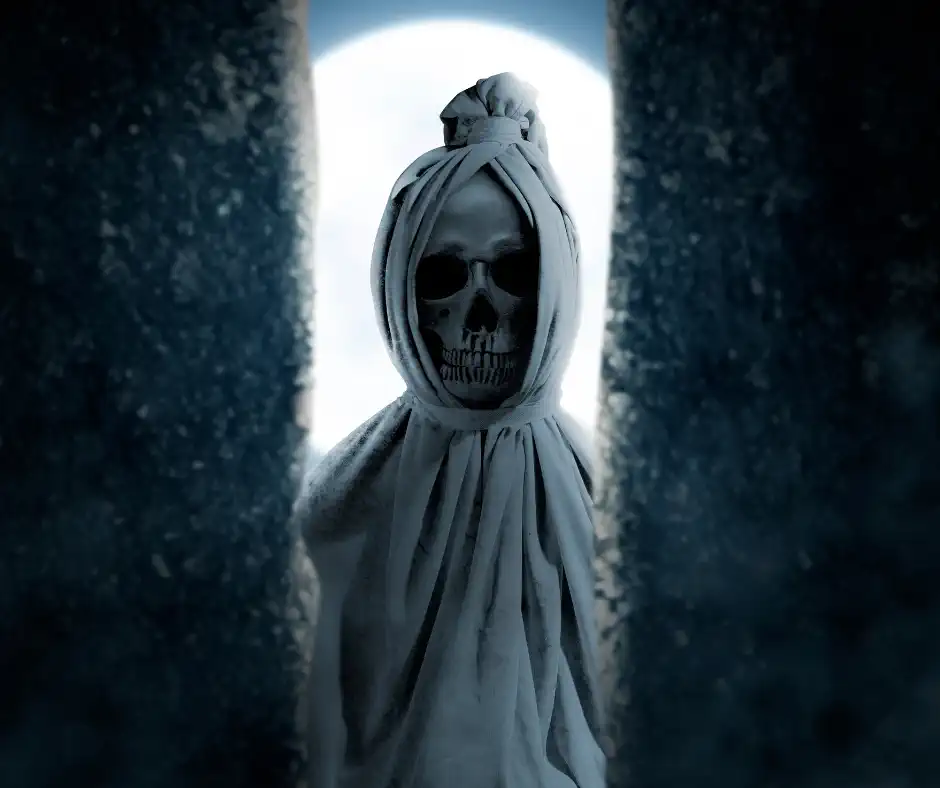
People say they have seen Pocong near cemeteries or banana trees at night, its white cloth fluttering in the wind. For many, it symbolizes unfinished business – a reminder that even after death, respect and ritual still matter deeply in Javanese life.
Genderuwo – The Shapeshifter of Central Java
In the forests and old houses of Central Java, people tell stories about the Genderuwo. It is said to be a large, hairy spirit with glowing eyes that can shapeshift and play tricks on humans. Some say it copies voices to lure people into the woods. Others believe it simply watches from rooftops, unseen but close.
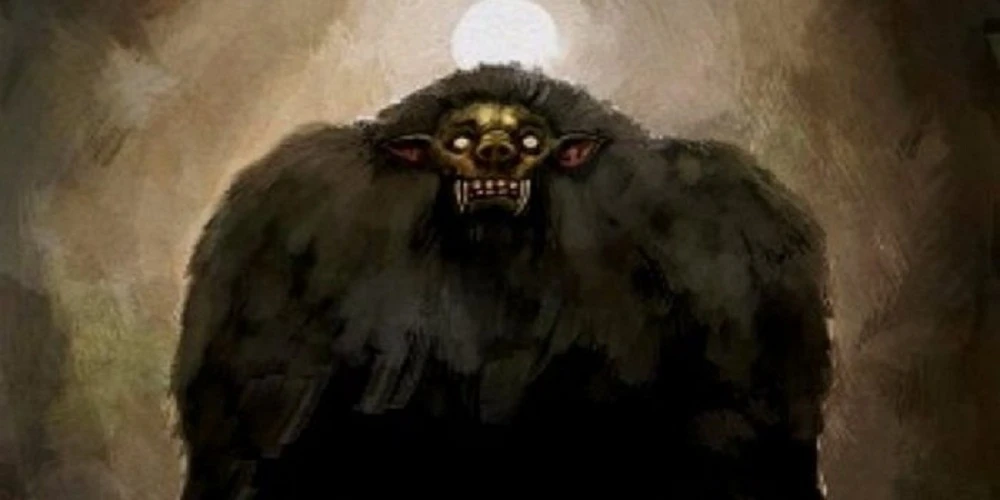
These stories are strongest near old banyan trees, places believed to be homes for spirits. Locals sometimes leave incense or food offerings there to stay in harmony with the unseen world. In Javanese belief, the Genderuwo isn’t only something to fear – it’s part of the balance between humans and nature.
Leak – The Shape-Shifting Witches of Bali
In Bali, the Leak (pronounced lay-ak) is said to be a dark witch who uses black magic. At night, her head separates from her body and floats through the air with fiery eyes and hanging organs. People say she searches for offerings left behind or unborn souls.
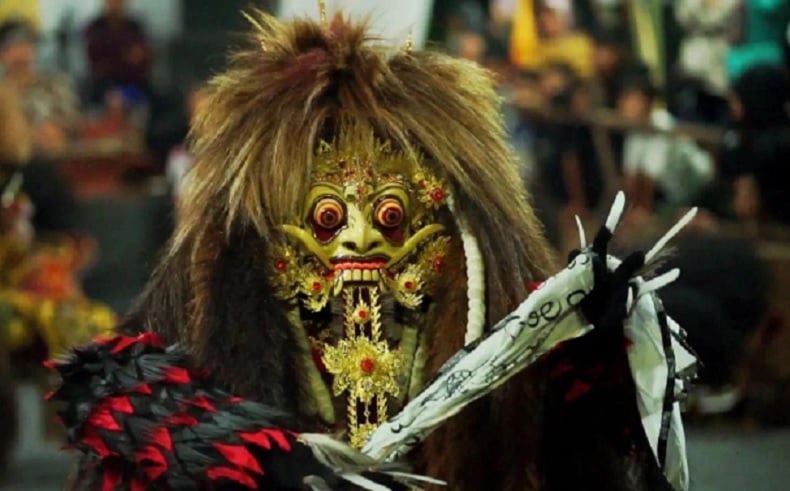
Every Balinese child grows up hearing Leak stories. Some say they have seen glowing lights moving over rice fields during a full moon – a sign that a Leak is near. The tales are strongest in Gianyar and Klungkung, where traditional Calon Arang performances show the battle between good and evil through dance and fire. Watching one of these temple dances is a haunting and beautiful glimpse into Bali’s living mythology.
Haunted Places You Can Actually Visit
If you’re brave enough – or just curious – these five real places in Indonesia are known for their ghost stories, legends, and history.
| 📍Lawang Sewu, Semarang (Central Java) | A Dutch-era railway headquarters built in 1907, Lawang Sewu means “A Thousand Doors.” During World War II, the Japanese used its underground tunnels as prisons and torture chambers. Locals still claim to hear footsteps and see shadows moving behind its glass doors at night. |
| 📍Jeruk Purut Cemetery, South Jakarta | This cemetery is home to one of Jakarta’s most famous ghost stories – the headless pastor who walks at night carrying his own head. Even today, film crews and visitors say they’ve felt cold winds or seen flickering lights near his supposed grave. |
| 📍Trunyan Village, Lake Batur (Bali) | In this remote village, bodies are placed under a sacred banyan tree instead of being buried. The tree’s natural scent hides the smell of decay. It’s not a “haunted site” in the horror-movie sense, but it’s one of the most unique and spiritual burial traditions in the world – a place where life and death coexist peacefully. |
| 📍Fort Rotterdam, Makassar (South Sulawesi) | Built by the Dutch on the remains of the Gowa Kingdom’s fort, this 17th-century stronghold is said to be haunted by the spirit of Prince Diponegoro, who was imprisoned here until his death. At night, guards have reported hearing footsteps and chains in empty corridors. |
| 📍Lubang Buaya (Crocodile Hole), Jakarta | A historic site tied to Indonesia’s 1965 coup attempt. It’s now a national monument, but many visitors describe the place as heavy and silent – especially near dusk. Locals say the souls of those who were killed here still linger, unable to rest. |
These are not tourist attractions built for Halloween. They are real parts of Indonesia’s history – places where myth, tragedy, and faith overlap. Visit with respect, and you might just feel the stories that still echo through them.



